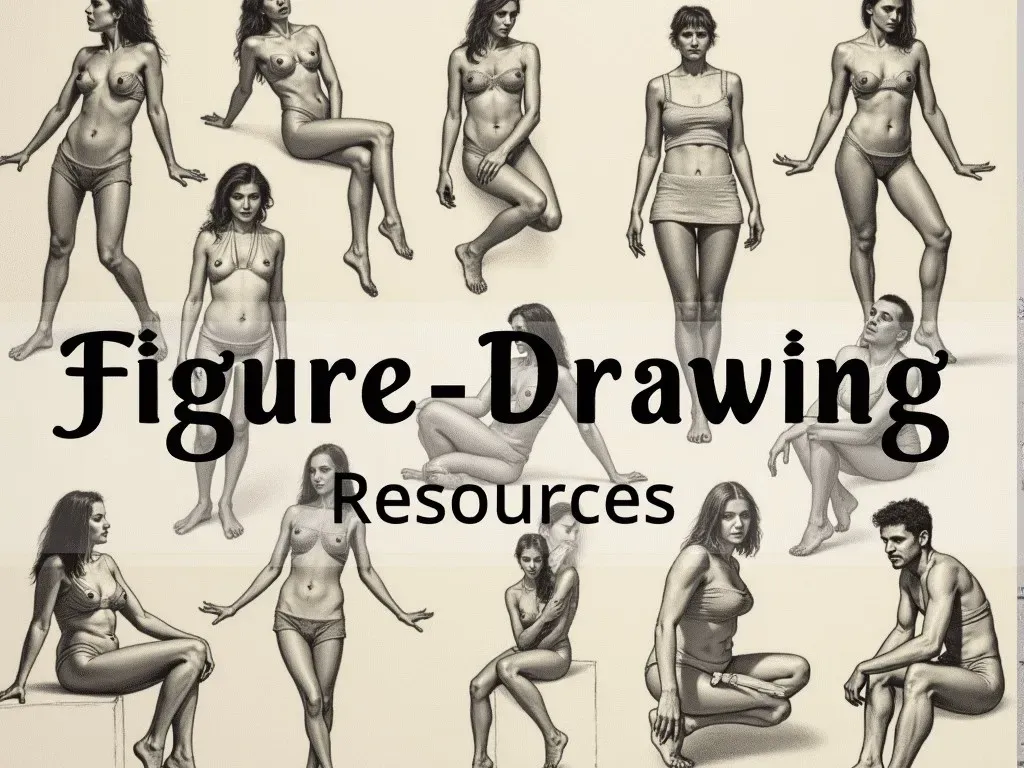Seed keyword: popular drawings
Keywords: figure drawing artists, famous life drawing artists
Figure drawing is a specialized form of art that focuses on drawing the human figure, typically from a live model. It requires an understanding of human anatomy, proportion, and movement. Many renowned artists have made significant contributions to the field of figure drawing, creating stunning artworks that have captivated audiences for centuries. Notable figure drawing artists range from the masters of the Renaissance to modern contemporary creators, each leaving their mark on the evolution of artistic expression.
The Importance of Figure Drawing in Art History
Figure drawing has been a cornerstone of artistic practice since antiquity, considered essential for anyone aspiring to become a master in painting, sculpture, or any other form of visual art. A firm grasp of the human form can enhance an artist’s ability to convey emotion, movement, and narrative in their work. Below is a comprehensive list of legendary figure drawing artists who have had an undeniable impact on the art world.
| Artist | Era | Notable Works | Key Techniques |
|---|---|---|---|
| Leonardo da Vinci | Renaissance | The Vitruvian Man | Proportional studies, anatomical precision |
| Michelangelo Buonarotti | Renaissance | The Creation of Adam, David | Mastery of human anatomy |
| Albrecht Dürer | Renaissance | Self-Portrait, Four Horsemen of the Apocalypse | Detail and realism |
| Peter Paul Rubens | Baroque | The Descent from the Cross, The Garden of Love | Movement, emotion in poses |
| Edgar Degas | Impressionism | The Dance Class, The Absinthe Drinker | Capturing motion and atmosphere |
Famous Life Drawing Artists
-
Leonardo da Vinci
The quintessential Renaissance figure, Da Vinci’s figure drawings emphasize precise anatomical studies. His famous work, “The Vitruvian Man,” illustrates the proportions of the human body, merging art and science seamlessly. -
Michelangelo Buonarotti
Known for his exceptional skill in sculpting, Michelangelo’s figure drawings reveal a deep understanding of the human form. His attention to musculature and facial expressions in works like “The Creation of Adam” showcases the vitality of human figures. -
Edgar Degas
Degas, primarily known for his paintings of dancers, utilized pastels and charcoal to create dynamic figure studies. His ability to capture movement and emotion made him a key player in the transition to modern art. -
Egon Schiele
An early 20th-century artist, Schiele’s figure drawings are characterized by their raw emotion and expressive lines. His distorting style highlights the psychological depth of his subjects, creating a lasting impact on contemporary art. -
Frida Kahlo
Kahlo’s personal and psychological themes manifested in her figure drawings and paintings. Through her unique perspective on identity and gender, she became synonymous with feminist art movements.
Exploring Contemporary Figure Drawing Artists
-
David Hockney
An influential contemporary artist, Hockney has experimented with various media, including figure drawing. His innovative approach incorporates color and form in engaging ways. -
Kara Walker
Known for her cut-paper silhouettes, Walker utilizes figure drawing in mixed media to discuss race, gender, and history, challenging viewers to engage with complex social issues. -
Yayoi Kusama
Kusama masterfully combines figure drawing with her iconic polka dots and installations, creating a unique blend of contemporary themes with traditional drawing techniques.
Reference Video
Techniques Used by Figure Drawing Artists
-
Gesture Drawing
A quick method focusing on the action, form, and pose of the model rather than on intricate detail. This technique captures the essence and movement of the figure. -
Contour Drawing
Involves outlining the subject’s form without lifting the pencil. This method emphasizes shape and proportion, fostering a connection between the artist and the subject. -
Chiaroscuro
The use of strong contrasts between light and dark to model three-dimensional forms. Artists like Michelangelo and Leonardo utilized this technique to convey depth in their figure drawings. -
Foreshortening
A technique used to represent an object or figure in a picture in depth. This technique creates the illusion of a figure receding strongly into the distance or projecting out from the picture plane. -
Modeling
The use of light and shadow to create the illusion of volume. Artists like Da Vinci skillfully incorporated modeling to produce lifelike figures.
Inspiration from Historical Context
Throughout art history, the human figure has served as a focal point of expression and exploration. The Renaissance period marked a significant rebirth of humanism in art, with artists dedicating themselves to understanding anatomy through dissections and studies. These explorations led to an unprecedented accuracy and emotional depth in figure drawing that set the groundwork for generations to come.
FAQs
What materials do figure drawing artists use?
Artists typically use a range of materials including graphite, charcoal, pastels, ink, and digital media. Each medium allows for different expression and techniques.
Can figure drawing be done from photographs?
Yes, while traditional figure drawing often involves live models, many artists also draw from photographs as a reference, negotiating the difference in capturing real-time motion.
How long does it take to learn figure drawing?
The time it takes can vary greatly depending on the individual’s dedication, practice frequency, and previous experience. Many artists recommend consistent practice over months or years to refine skills.
What are some famous figure drawing classes available online?
Many renowned institutions offer online figure drawing classes, such as the School of Visual Arts (SVA) and CreativeLive. These classes provide excellent resources for emerging artists.
For those looking to delve deeper into figure drawing techniques and artworks, consider visiting Fine Art Tutorials for comprehensive resources and guides.
To engage with popular culture and appreciate the depth of the human figure further, visiting exhibitions featuring prominent figure drawing artworks can provide insight into the continuously evolving nature of this art form.
